Stan Brown of Cumberland, Maine, is nearly 93 years old, one of America's oldest registered beekeepers. Brown, who turns 93 on October 13, has kept honeybees on the same one-quarter mile of road since 1931. Semi-retired, he maintains 55 hives and produces around 1900 pounds of honey a year with the help of his assistant, Karen Thurlow-Kimball.
Twelve-year-old Stan was mowing his grandmother's field when he found himself in front of a swarm of bees on a cherry tree.
I was face level, it (the swarm) was 15-inches long and I didn't know what it was, then it come to me they were bees. I found an old wooden apple box in the barn and shook the swarm into it then put boards on top and when done mowing took it home.
When Stan couldn't find anyone in Maine selling equipment he ordered a kit from Walter T. Kelley Co. Since then he has built by hand the wooden boxes and frames, within which bees build out their hive. Like many beekeepers, Brown reuses his antique woodenware, with some as old as 25 years.
He learned about beekeeping the only way available to him at the time, by reading articles and books. It was not until the 1950s when he began attending meetings held by the Eastern Apicultural Society and 1970s the Maine State Beekeepers Association (of which he is a founder and past president) he was able to connect with multiple beekeepers. Later in life he helped grow the ranks of backyard beekeepers in Maine by sharing his knowledge of honeybees in adult education classes in the evenings at a high school in Yarmouth, Maine.
POLLINATING SERVICE
The fourth of seven children, Brown worked at the family dairy farm all day and after work would take care of his bees. By the early 1940s Brown had around 150 colonies and started into pollinating, taking his bees to Arthur Blanchard's apple orchard down the street. This continued through the late 1950s when Blanchard passed away (his family subsequently sold the farm to developers).
"He was quiet and reliable, arriving after dark with his hives," said Richard Sweetser, an owner of Sweetser's Apple Orchard, who used Brown's bees to pollinate his family's orchard from the 1970s thru the 1990s.
BEE STING THERAPY
One night coming back from an orchard a hive comprised of three boxes (approximately 100,000 bees) fell while Stan was unloading it and he was stung 150 times from the belt down. "I saved the queen," responded Brown, who believes honey is a natural antibiotic.
I've self-administered bee-sting therapy since my 20s (for a lower back problem) and used honey to heal wounds. I've also stung thousands of people for arthritis (including a) 63-year-old neighbor who was brought over on a cot and I worked up to 68 stings every other day who is 80 and up dancing.
Brown had a limp when he met Charles Mraz, a pioneer of bee venom therapy, at an Eastern Apicultural Society conference. Mraz stung him three times on the lower spine and Brown claims his back pain and limp have been gone from that day forward with continued (venom) therapy.
The Arthritis Foundation's official response regarding bee sting therapy:
While bee sting therapy is commonly used in other parts of the world, the Arthritis Foundation regards bee venom as an unproven therapy in the management of arthritis. Although bee venom contains a number of potent anti-inflammatory chemicals that can reduce pain, there are no convincing clinical studies in humans to show that it is beneficial. In addition to being very painful, bee sting therapy can also be risky, causing a sometimes-fatal allergic reaction. As with other unproven therapies, the Arthritis Foundation recommends that you check with your doctor before trying anything new in your treatment program.